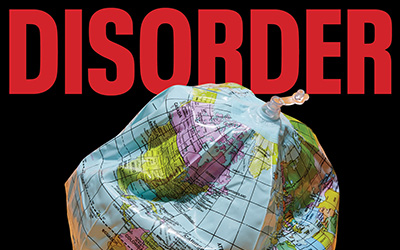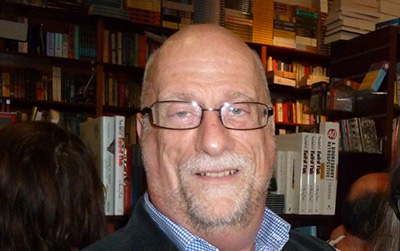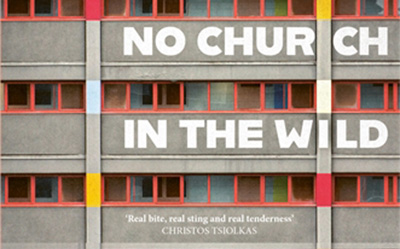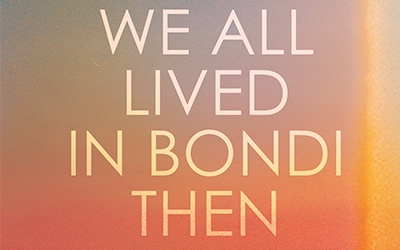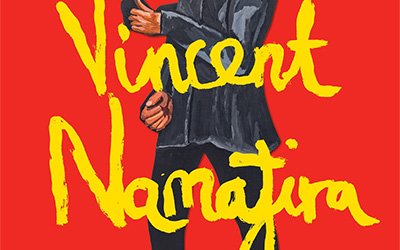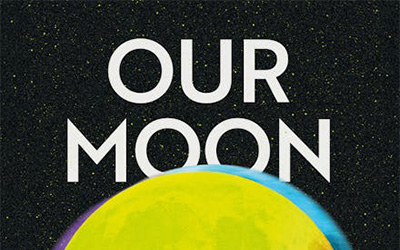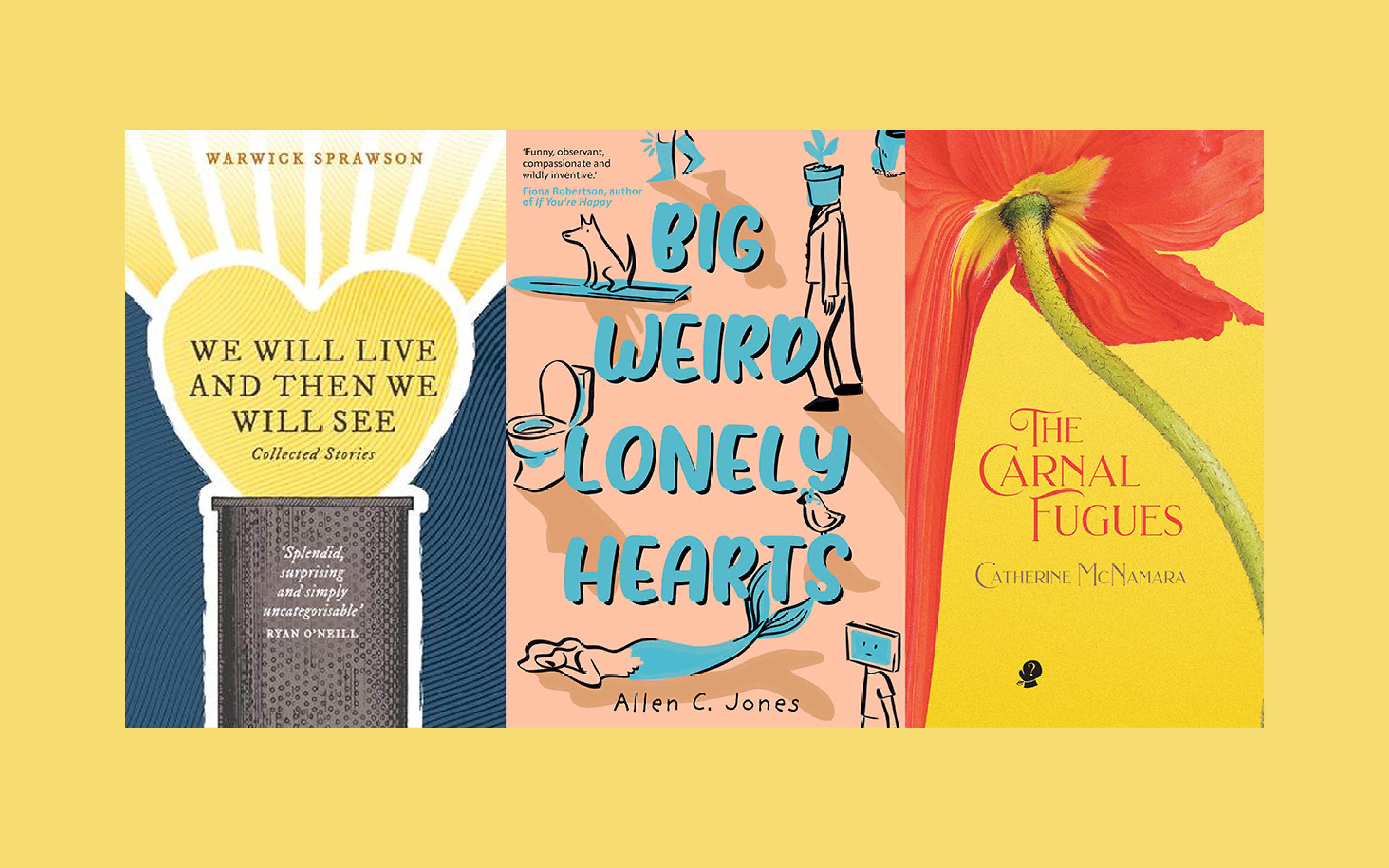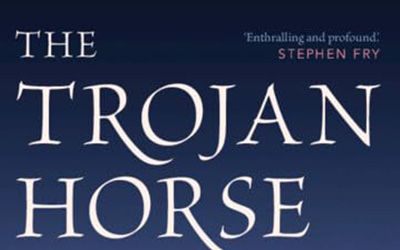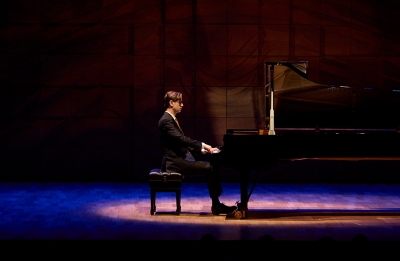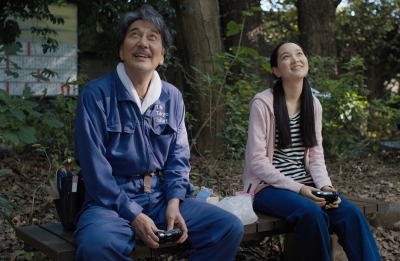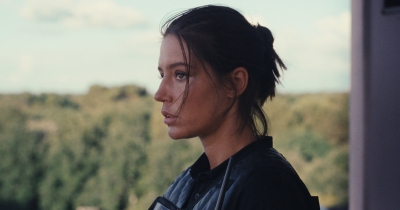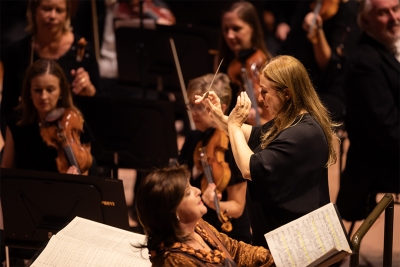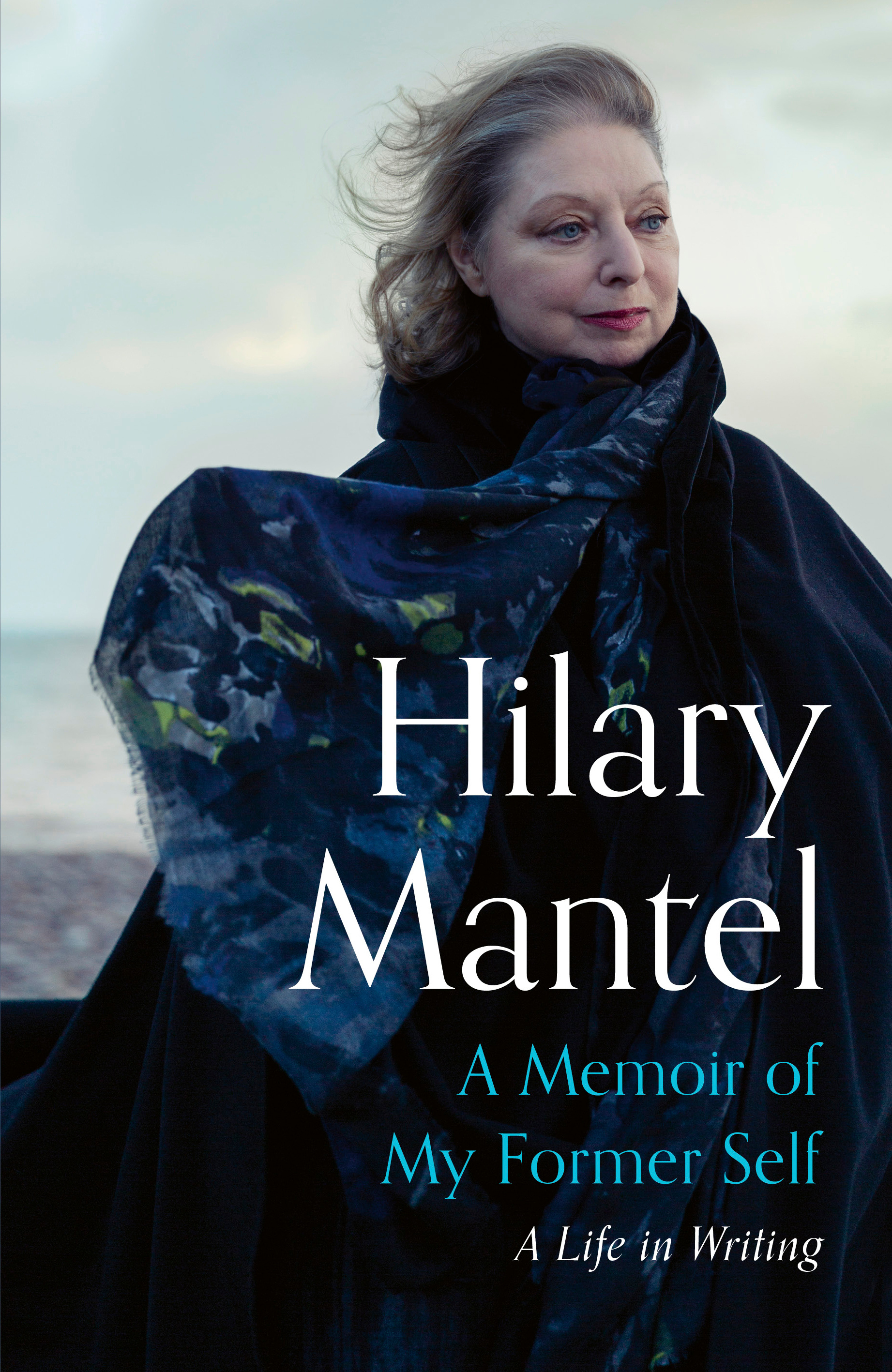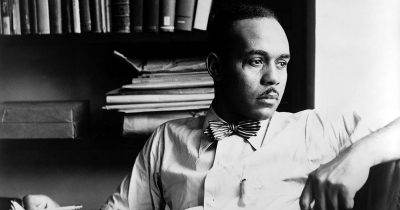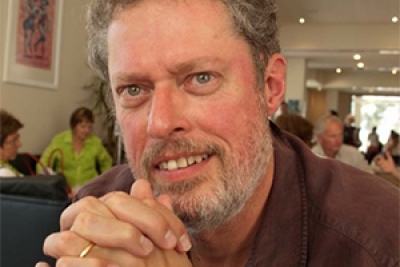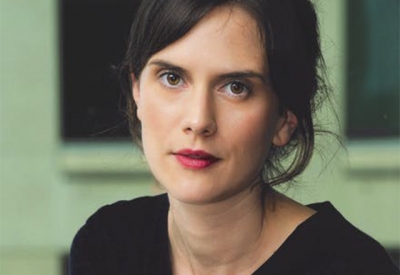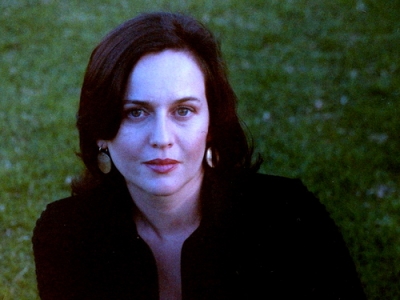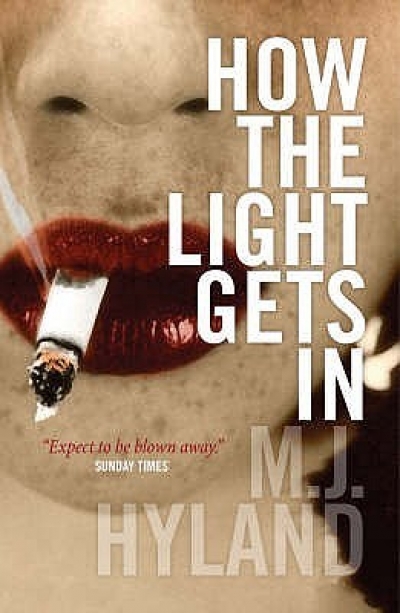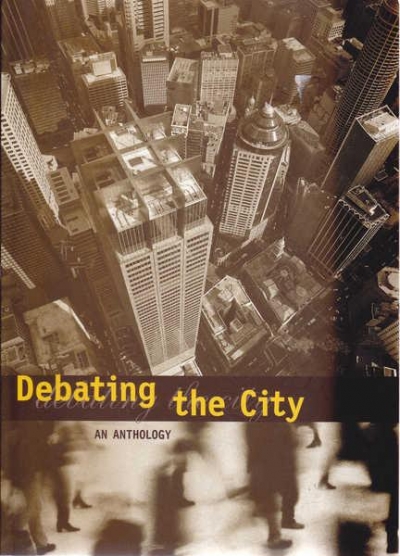September 2001, no. 234
In his amusing essay, ‘The More Things Change’, John Birmingham writes:
Sydney will always confound, infuriate, engage and seduce. It is a provider/destroyer, madonna/whore and prophet of the main chance. It is hated, feted, loved and envied. It cares not. Self-obsessed and cosmopolitan, tacky, shallow and deeply serious, it knows its own worth and vainly overstates it at every turn – as when one speaker at the last (sic) Premier’s litfest dinner favourably compared the old tart with the Florence of Michelangelo. The gasps at the dinner tables were probably in surprise that anyone could think to bracket Sydney with such a provincial backwater.
While, I hope, ironic, this observation could be said to be indicative of the attitude behind many of the individual chapters in this anthology.
The book, as its editors inform us in their introduction, has grown out of a series of ‘Debating the City’ conferences held at the Museum of Sydney in 1999 and 2000. They, and the Director of the Historic Houses Trust, Peter Watts, in his foreword, are at pains to stress that this book is about cities, ‘the liveability of the modern city’ and ‘the city as an interdisciplinary subject’. However, while the conferences may have been about cities, the overwhelming number of papers selected for publication in the book take Sydney as their almost exclusive subject. In fact, eleven of the eighteen chapters are specifically about aspects of Sydney’s urban development or the experience of living in Sydney. Perhaps John Birmingham got it right.





